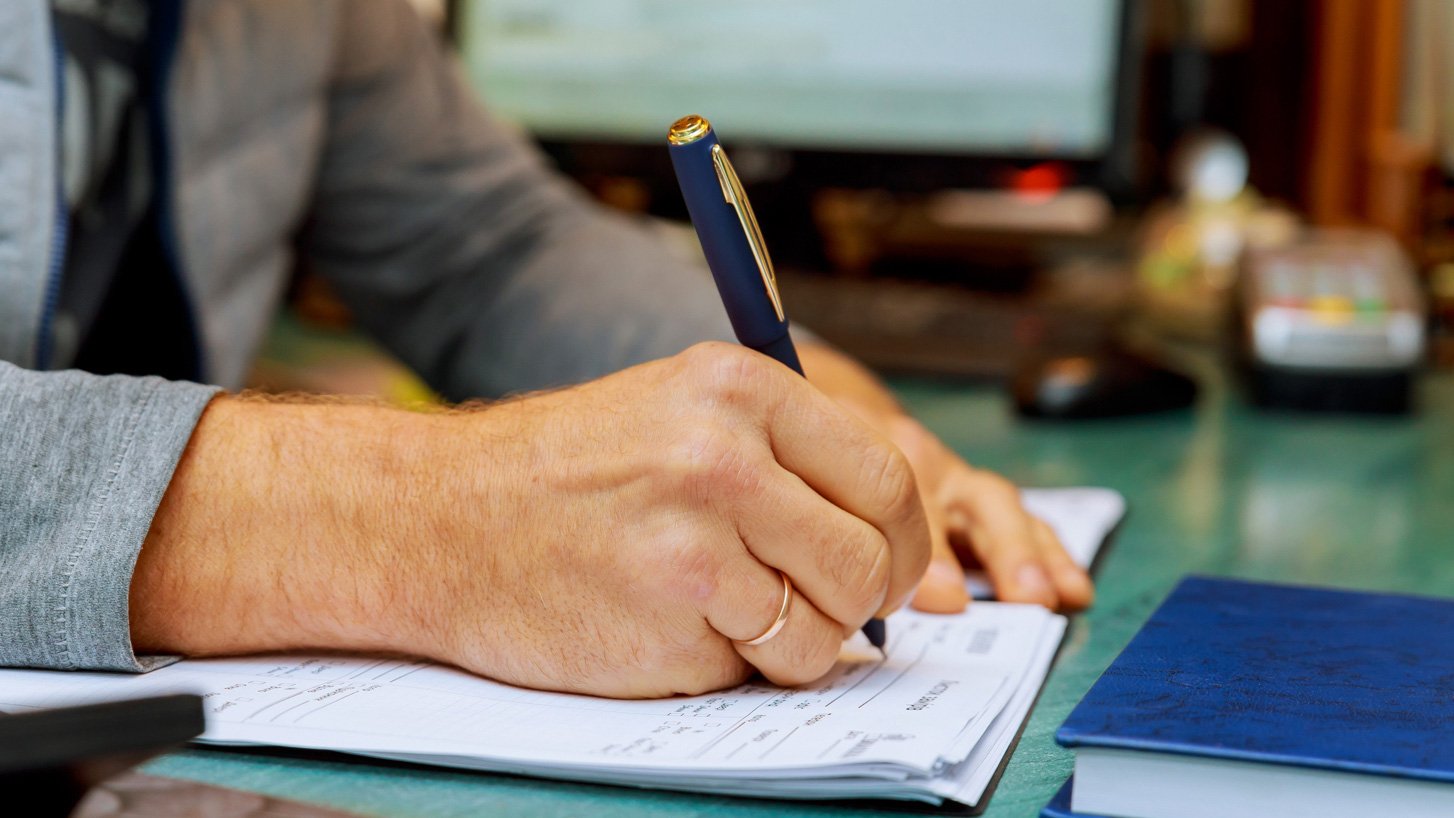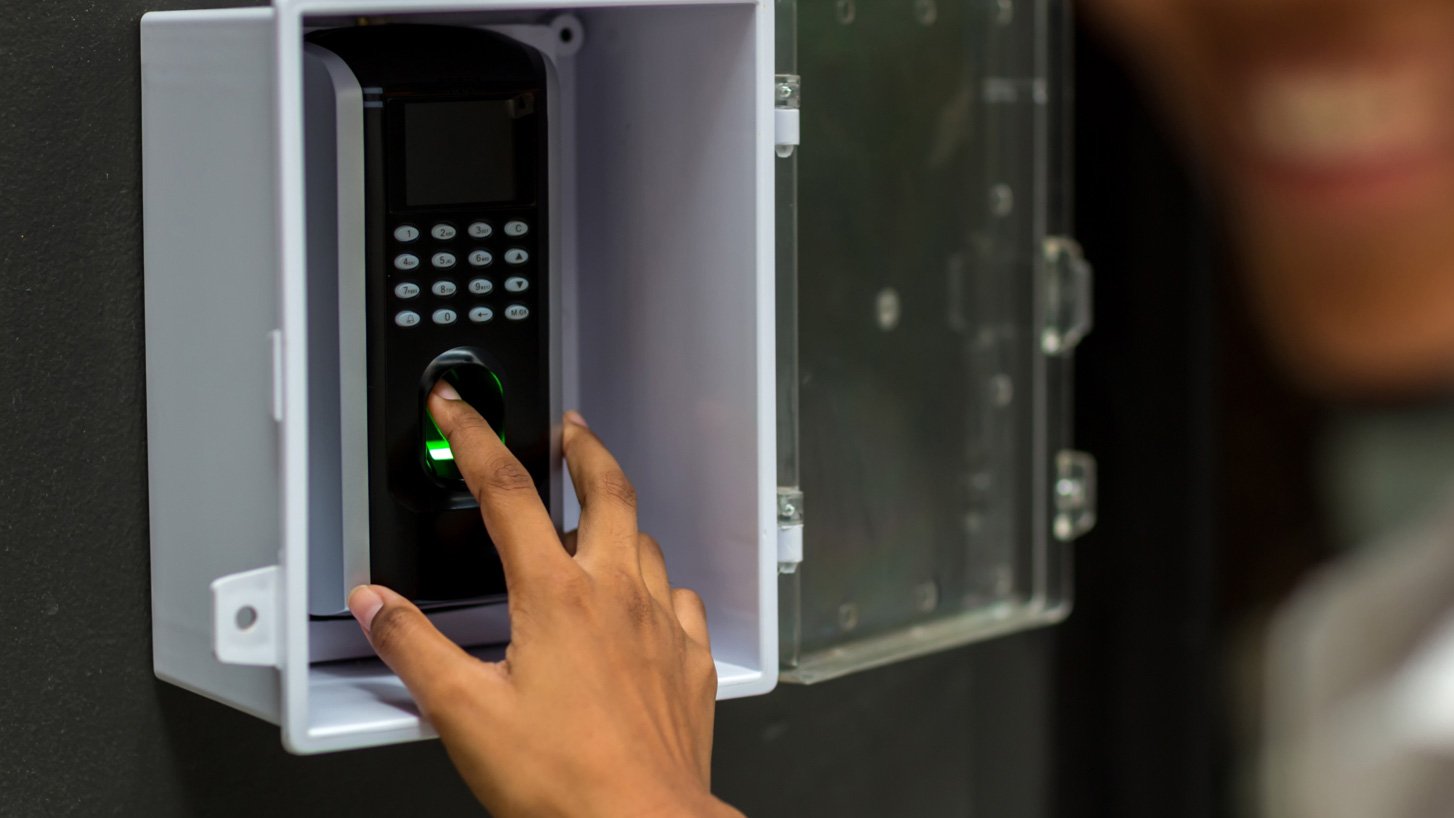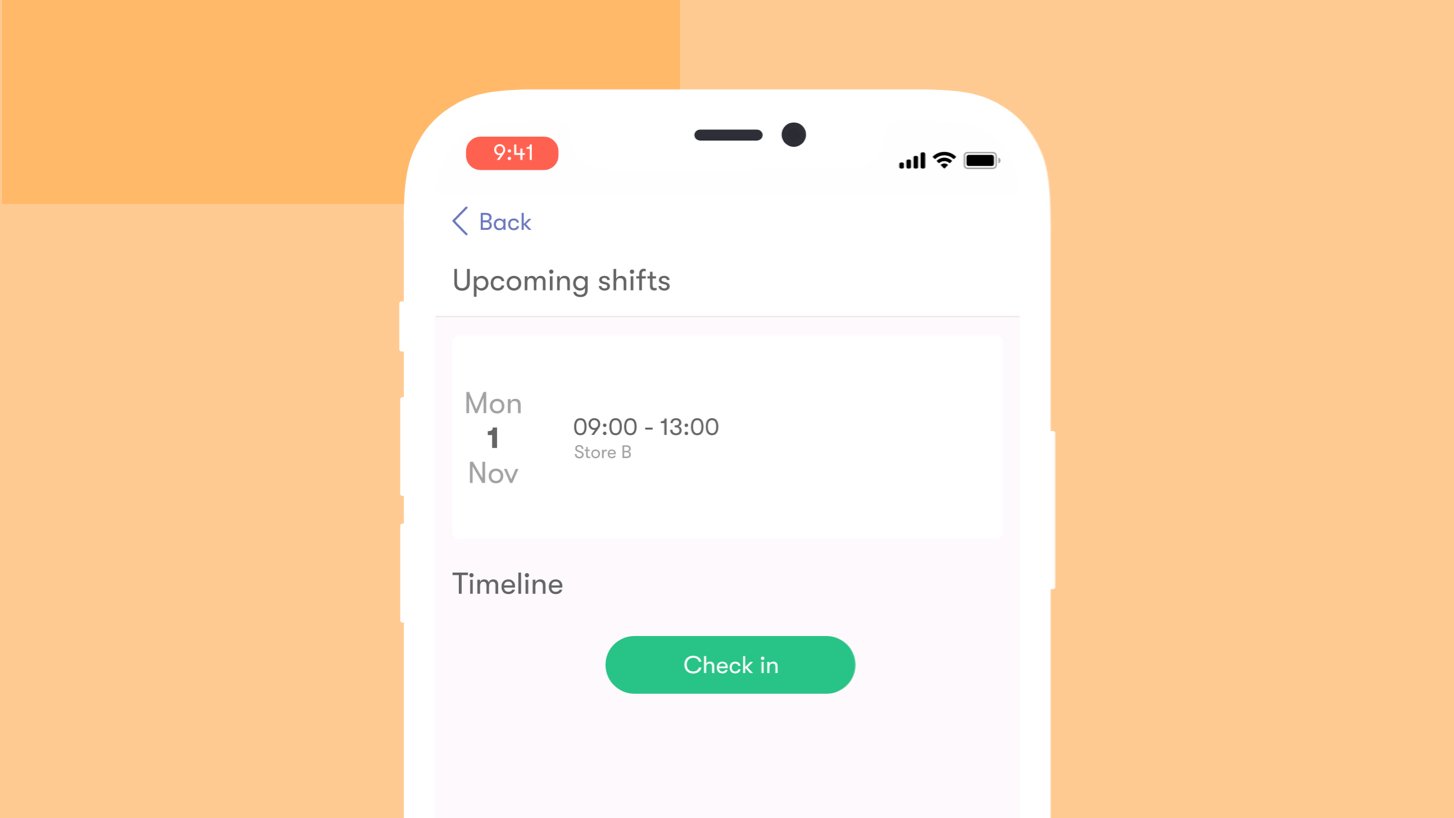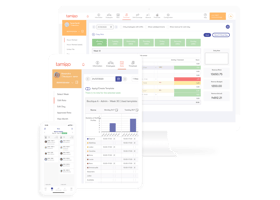Accurate time tracking brings many benefits to daily operations. Least of all, it keeps your hotels compliant to European worktime legislations.
In this article, we’ll explore the most common ways hotels can record hours — from time tracking apps to pen and paper. And we’ll assess which is the best option for you.
Employee time tracking saves time and money
Hotels are hives of activity. Operating 24/7 to cater to guests needs, they employ dozens or even hundreds of staff across different departments — from F&B to Housekeeping.
Each department’s schedules are very different. But to ensure profitability and guest satisfaction, they need to function as one. That’s what makes accurate time and attendance (T&A) such a valuable tool for your General Managers.
Amongst its many benefits:
- More effective scheduling. With a clear view of planned vs. actual hours, Heads of Department can revaluate where and when staff are needed.
- New insights into labour costs. GMs can identify which departments are overspending.
- Improved employee engagement. Staff trust that they’re being paid the correct salary — especially if their own T&A records are readily accessible.
It's also a legal requirement
Over and above these benefits, time tracking is also becoming mandatory. In 2019, the European Court of Justice ruled that businesses need “an objective, reliable, and accessible system” for recording working time.
The ruling came in response to a lawsuit from a Spanish trade union, who argued that insufficient time tracking was impinging on their members’ rights under the EU’s 2003 Working Time Directive.
Since then, many countries (such as Spain and Germany) have passed this ruling into national legislation. And other EU countries are set to follow.
3 employee time clocks for hotels
So how exactly do you implement time tracking (or upgrade your existing processes)? Here are 3 of the most popular options for hotels.
1. Paper timesheets

Manual time tracking is the easiest one to initiate. Employees write down their start and end times, and any breaks, on paper time sheets. Then your Heads of Department collect, validate and pass these on for payroll processing.
While it’s straightforward, it comes with some serious drawbacks.
Hotel operators today have an eco-system of software. Data on hours needs to feed into these; think your payroll or BI system. With paper timesheets, this involves a lot of tedious data entry and cross-referencing.
You also need to question how “reliable” a method it is — per the EU’s requirements. Paper timesheets are easy to lose and can also be modified post-facto.
Pros
✔️ Cost-effective
✔️ Requires minimal training
Cons
❌ Open to human error or deliberate misreporting
❌ Time-consuming
❌ Hard to fold into wider reporting
Want to learn how one hotel ditched paper timesheets? Read our Hotel des Norden customer case.
2. Biometric time clock

Once the realm of sci-movies, facial, fingerprint and iris scanners are now commonplace. They’re increasingly replacing electronic time clocks, which work with cards or key fobs.
Most obviously, biometrics eliminate time theft or ‘buddy punching’; if someone’s running late, they can’t have a colleague clock in for them.
One potential drawback is related to GDPR. The EU deems biometrics as sensitive personal data, and as such, its use is highly regulated. You need to be certain that both you and your time clock vendor take all the necessary compliance precautions.
Then there’s the question of price. Buying multiple biometric time clocks for multiple hotels will dent your budget. Therefore, it may not be the best choice for smaller operators.
Pros
✔️ Accurate
✔️ Eliminates time theft
✔️ Doesn't require key fobs or cards
Cons
❌ Expensive to purchase and maintain
❌ GDPR compliance concerns
❌ Potentially seen as invasive by staff
3. Mobile time clock app

We do everything on our phones. So why not track hours too? Available as a standalone or as part of broader workforce management solutions, employee time clock apps let staff record hours on their mobile devices.
It’s extremely convenient: clocking in becomes as second nature as checking Instagram. And the data collected is easily integrated into your other systems.
As opposed to on-site time clocks, mobile ones do raise concerns around time theft. If an employee can clock in anytime, anywhere, what’s to stop them recording incorrect times?
Some solutions, like tamigo Touch, address this through geofencing. Configured by admin users, this creates a virtual perimeter around your hotel. Mobile clock-ins and -outs can’t happen outside of it. Alternatively, you can choose for clock-ins to only be allowed when connected to your hotel’s Wi-Fi network.
Pros
✔️ Convenient for employees
✔️ GDPR compliant
✔️ No on-site set-up costs
✔️ Fits right into your IT architecture
Cons
❌ Open to time theft (but geofencing guards against this)
What's the best employee time clock for your hotels?
Deciding which time clock is best for your business will depend on several factors: number of locations and employees, and of course your budget.
For independent or boutique hotels, manual employee time tracking can still be workable — despite its many drawbacks. But for forward-looking groups and chains, with complex T&A needs, digital methods are the way to go.
Then it comes down to on-site vs. mobile. From our work alongside hotel businesses, this choice is usually decided by integrations. Can the vendor guarantee a seamless flow of data? And that the resulting T&A is compliant to different worktime laws and collective agreements?
tamigo is trusted by hotel groups across Europe. We offer our own mobile time clock, tamigo Touch, as well as API experts, who can set-up integrations with any existing on-site solutions (such as EasySecure). Learn more on our hotel industry page.





